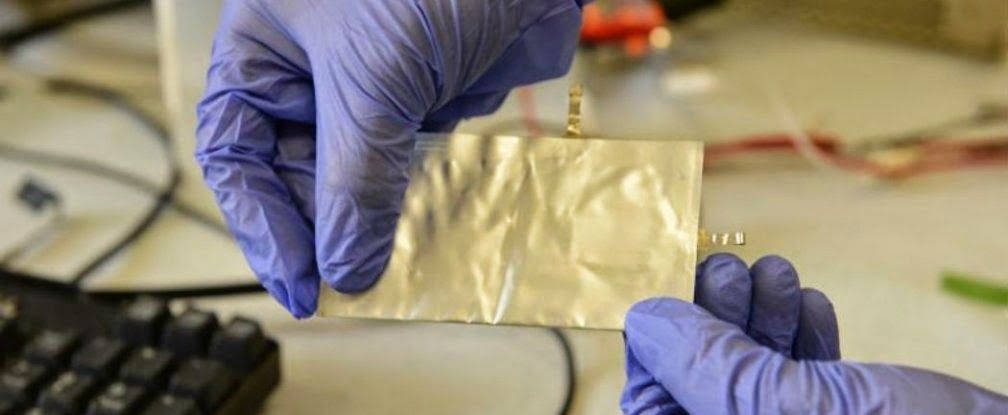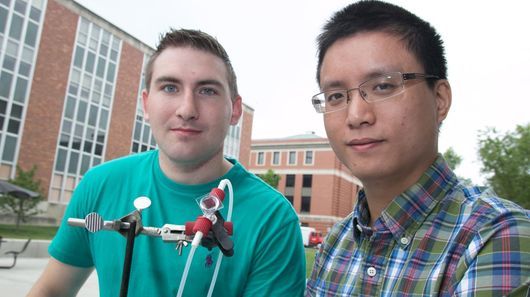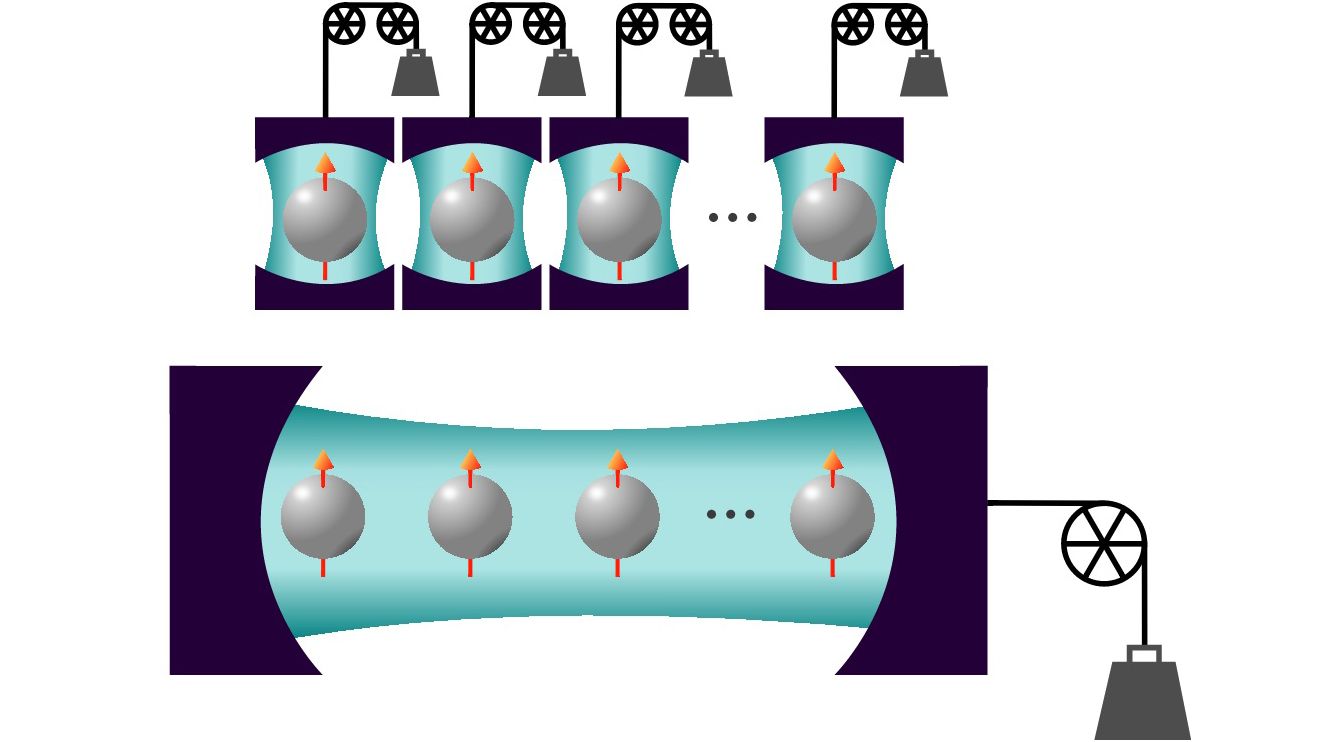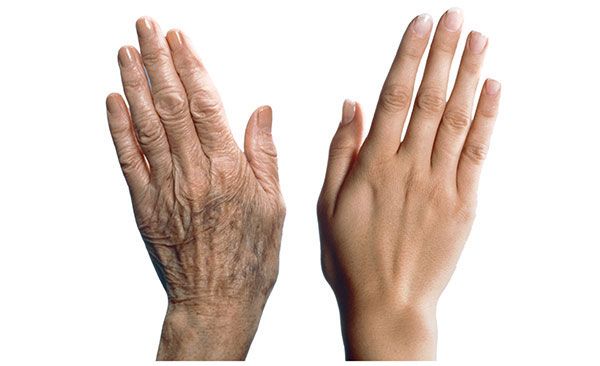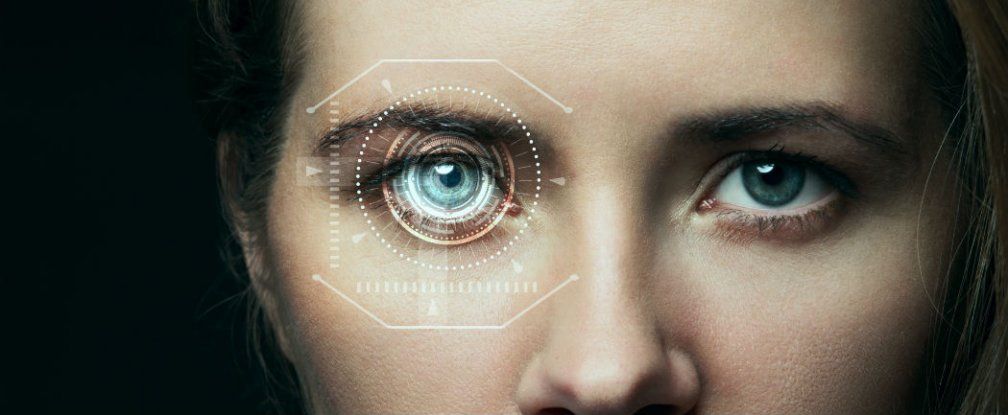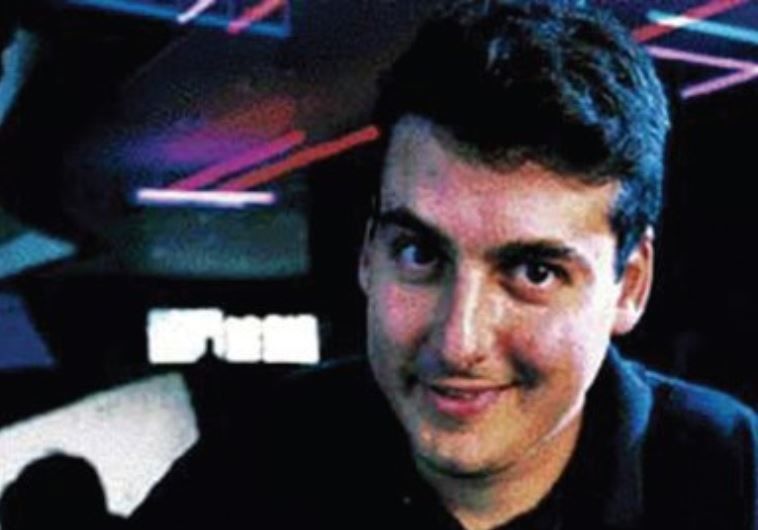Aug 4, 2015
This new aluminium battery can charge your phone in 60 seconds
Posted by Shailesh Prasad in category: energy
A new rechargeable aluminium battery has been produced by researchers in the US, and according to them the prototype can charge a smartphone in 60 seconds and it’s more environmentally friendly, heavy-duty, and inexpensive than anything presently on the market. And it won’t suddenly burst into flames like certain generally used lithium-ion batteries are capable of… This new technology has done something researchers around the world have been pursuing for decades — it puts aluminium to better use in the high-demand battery market. The benefits of aluminium are many, counting its cheapness, accessibility, low-flammability, and high-charge storage capability. But the challenge in producing a sustainable aluminium battery has been in finding a material for the cathode — the device through which the entire electrical current passes — that can yield enough voltage to withstand it across a whole lot of charges.
